BN206 System Administration: Comprehensive Analysis of Networking
VerifiedAdded on 2023/03/24
|32
|1380
|49
Report
AI Summary
This report provides a comprehensive overview of computer networking, starting with the basic definitions of computer networks, nodes, and data transfer rates. It explores the client/server model, different types of networks including LAN, WAN, and MAN, and various network topologies such as ring, star, and bus. The report delves into internet connections, discussing internet backbones, ISPs, and technologies like phone modems, DSL, and cable modems. It also covers packet switching, open systems, the OSI Reference Model, and network protocols like TCP/IP, UDP, SMTP, FTP, and HTTP. Furthermore, the report addresses network security with firewalls and explores network addresses, the Domain Name System (DNS), and top-level domains. This resource is valuable for understanding the fundamental concepts of computer networking and system administration, particularly within the context of the BN206 course. Desklib provides access to similar solved assignments and past papers for students.
1 out of 32
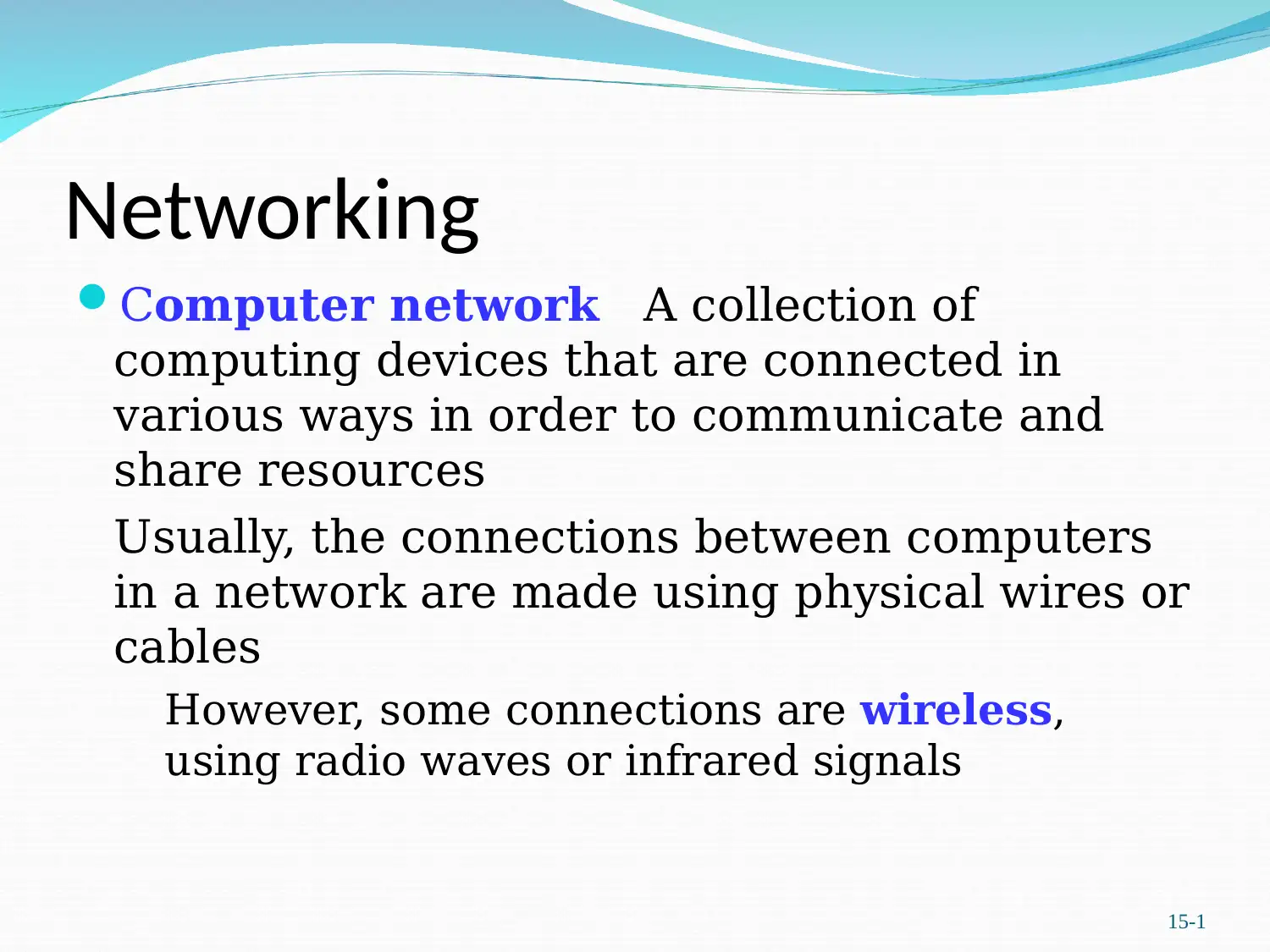
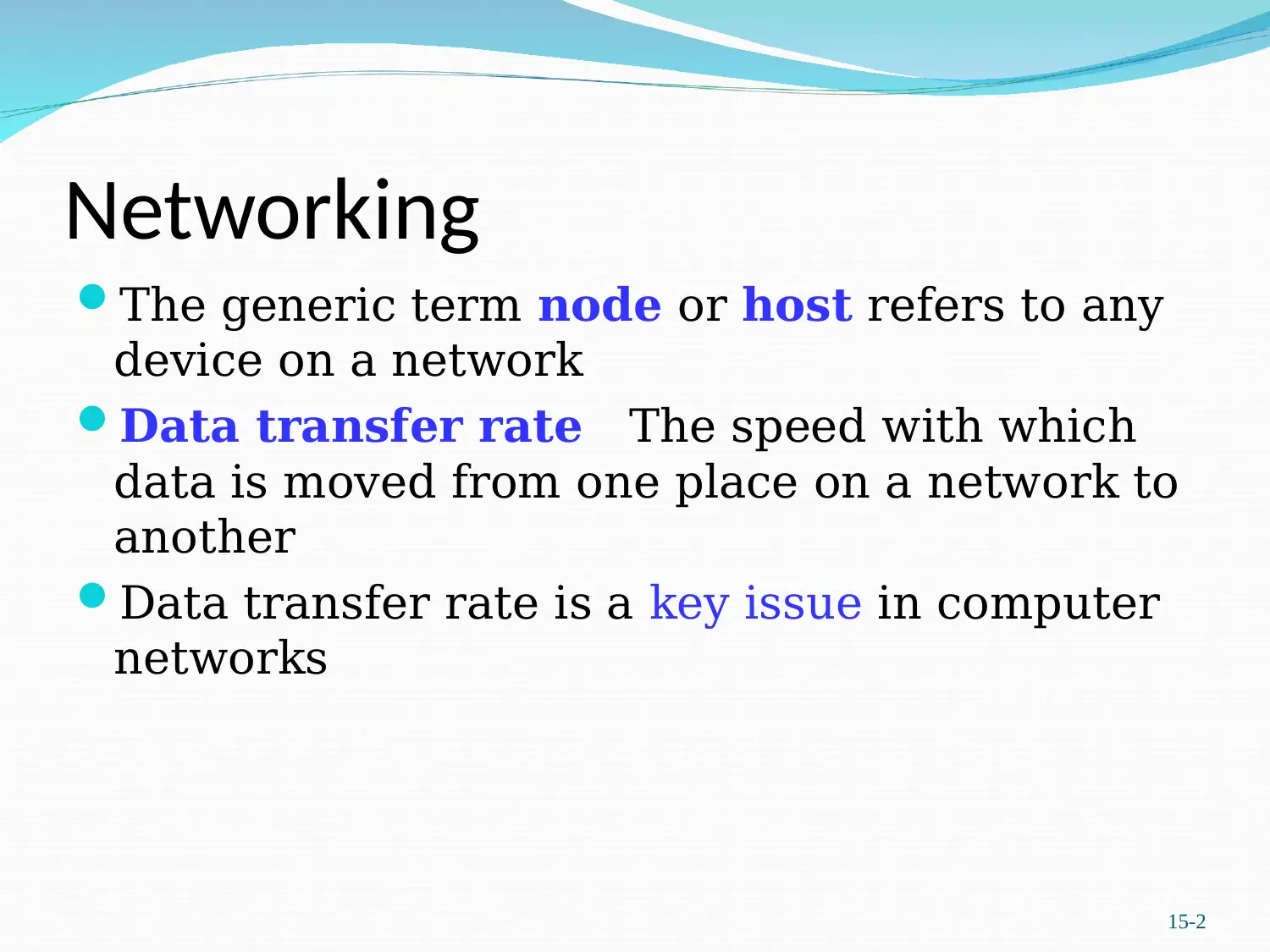
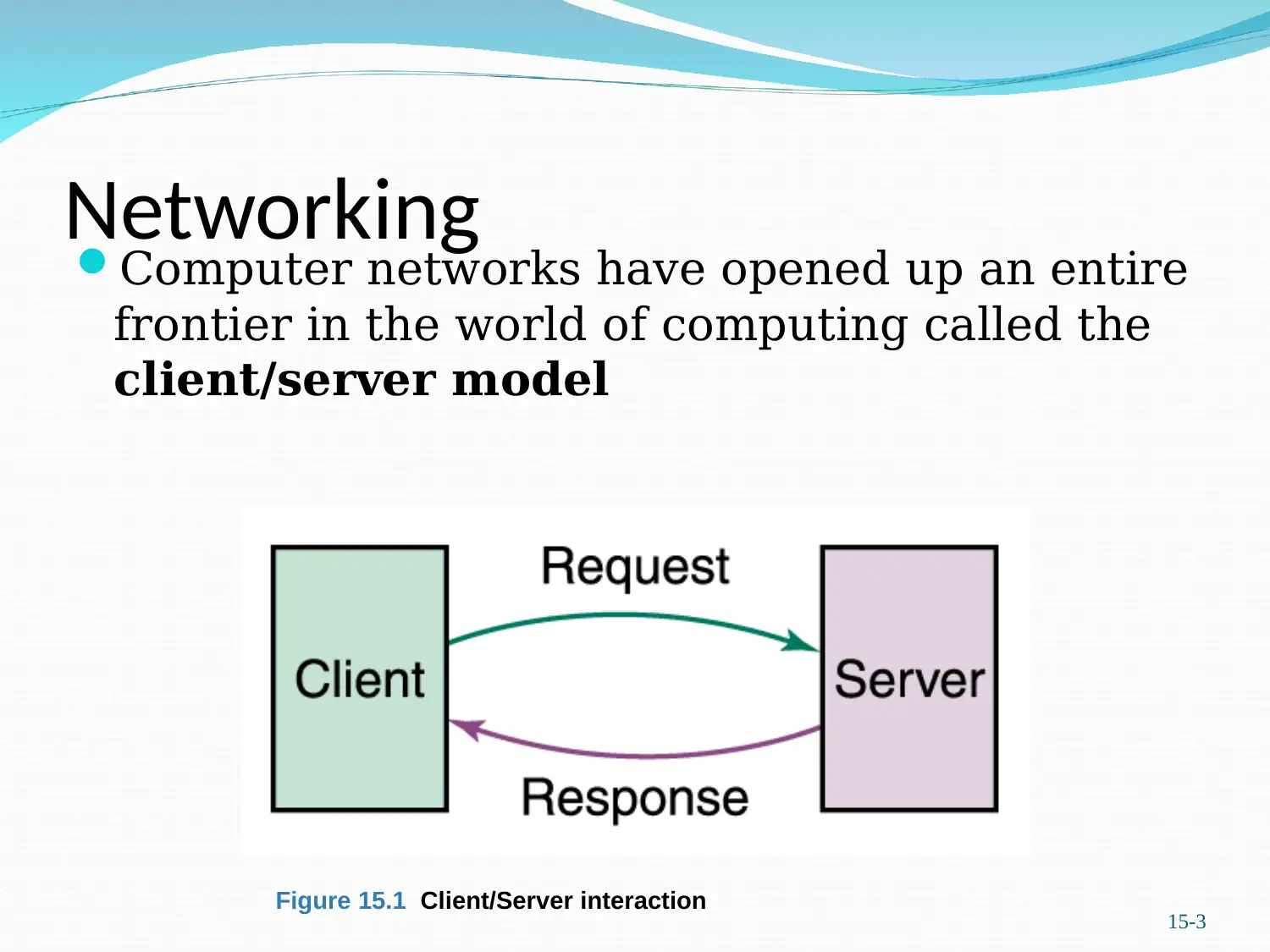

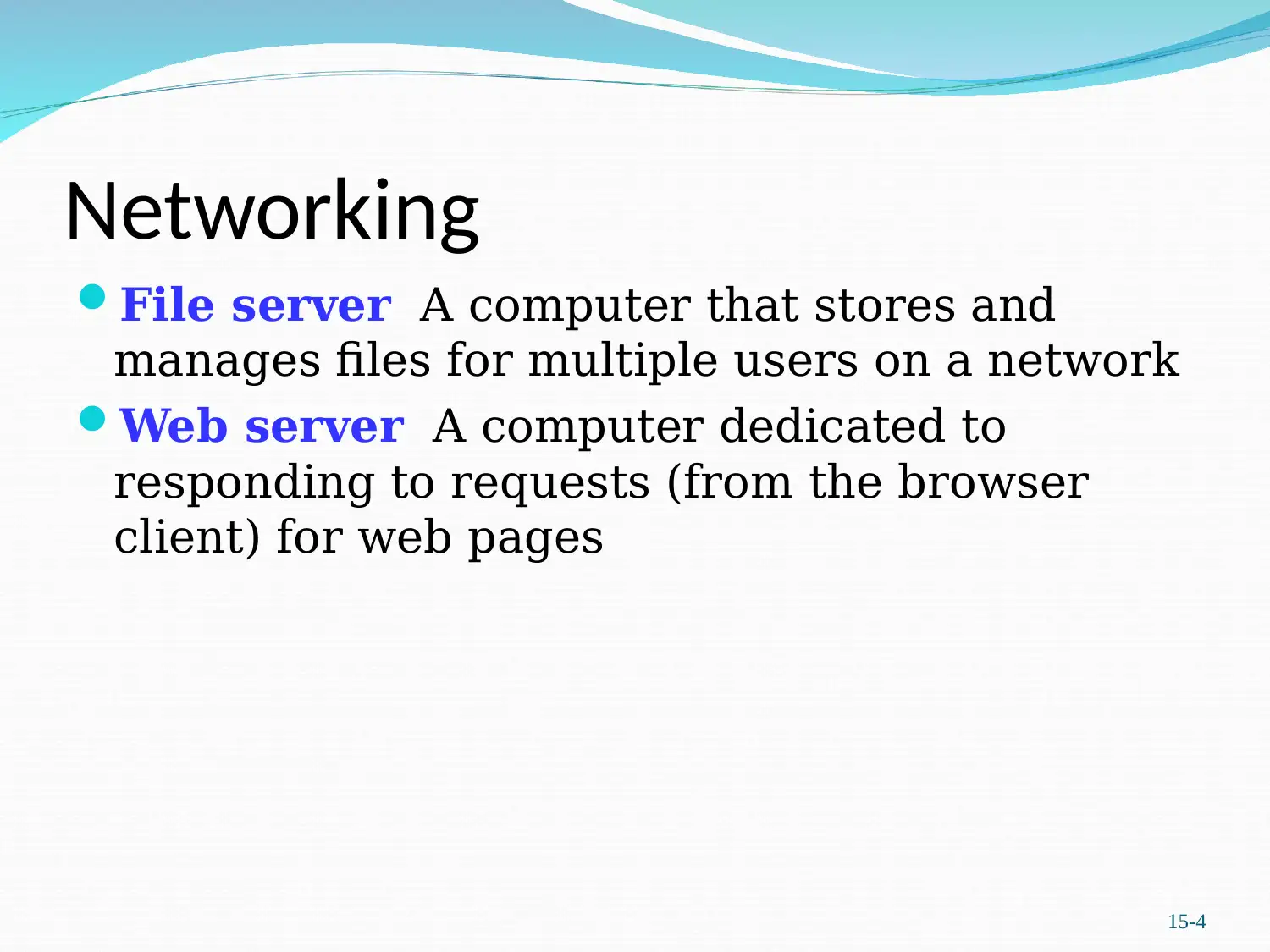
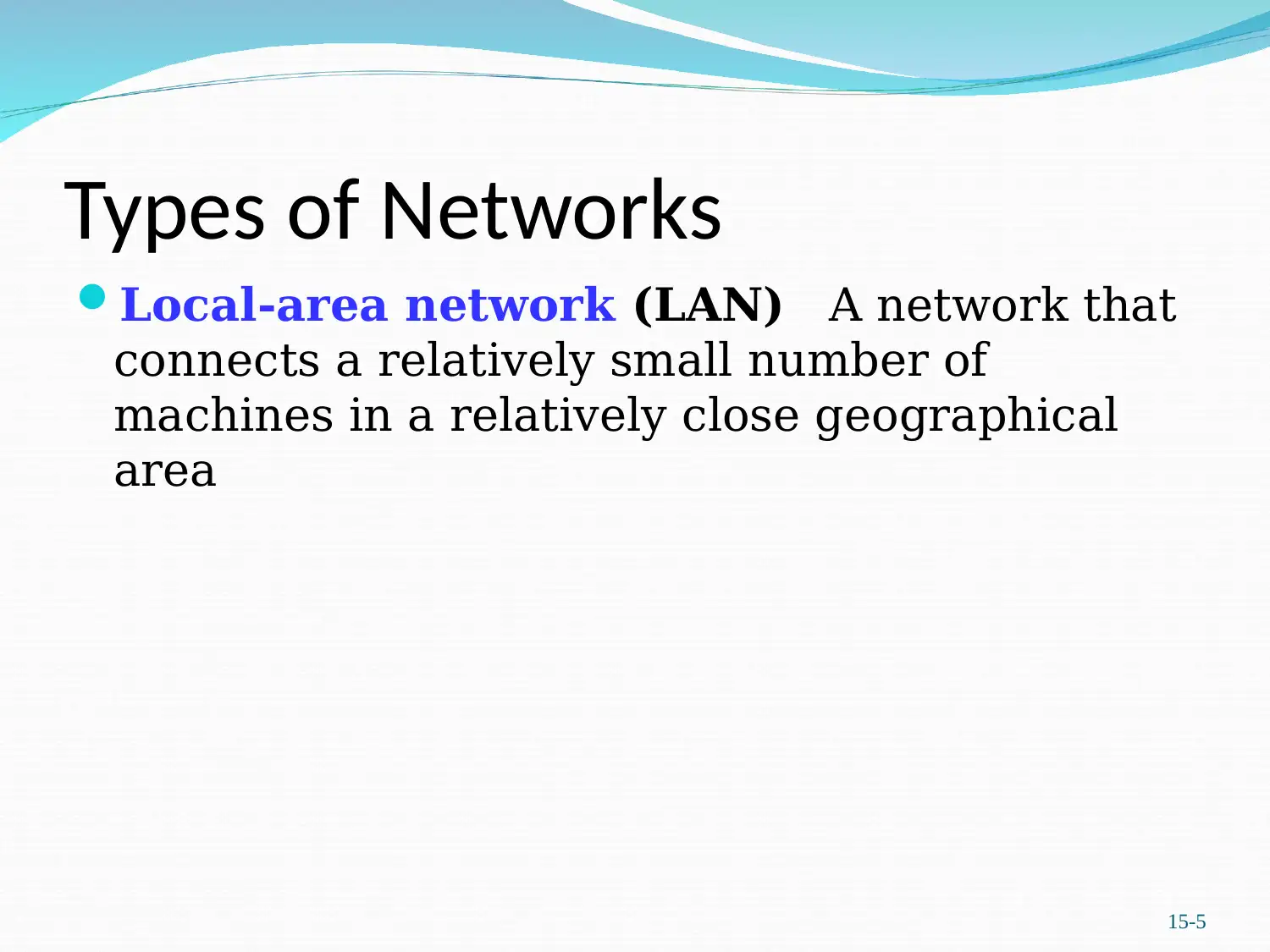
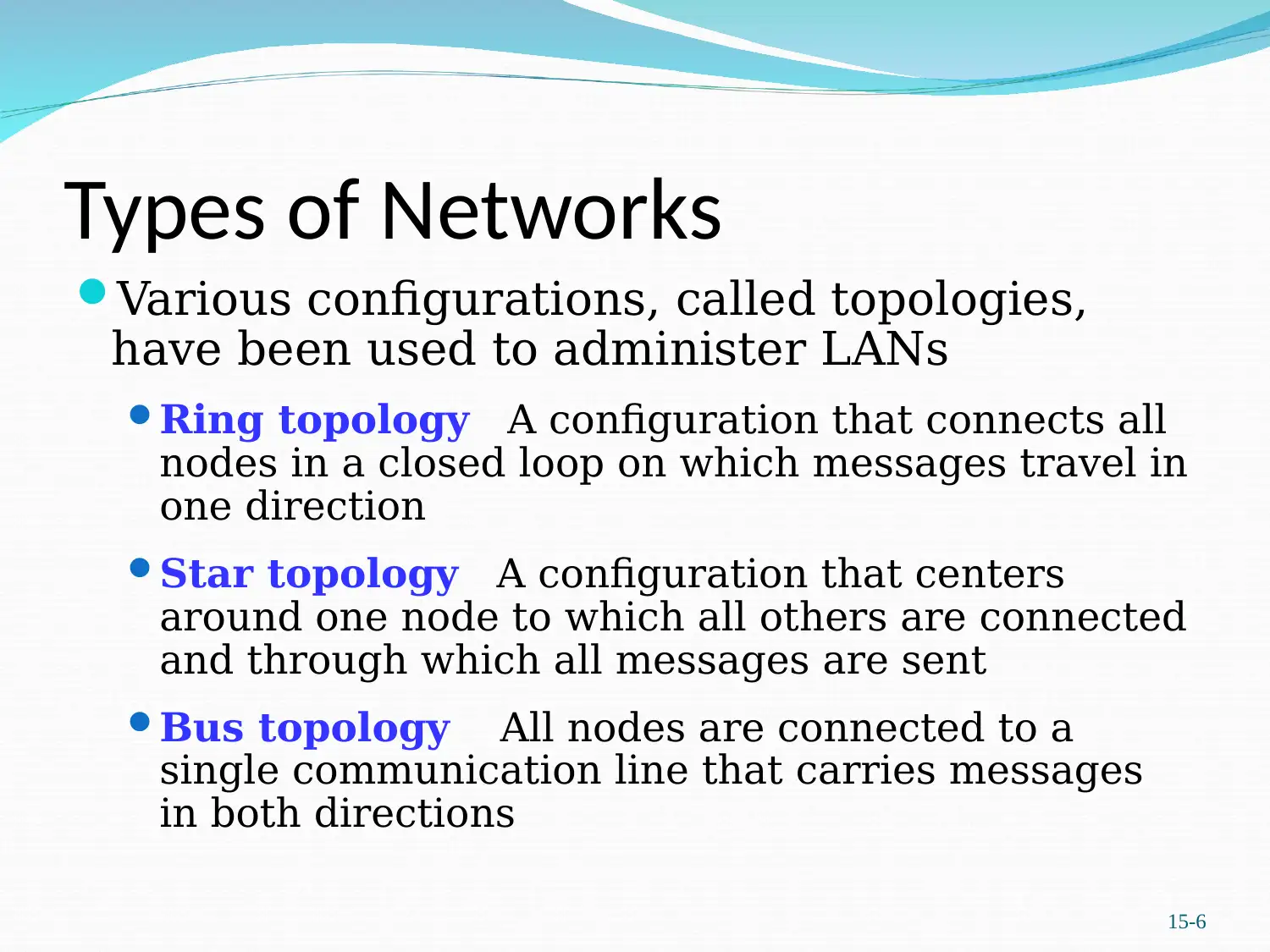
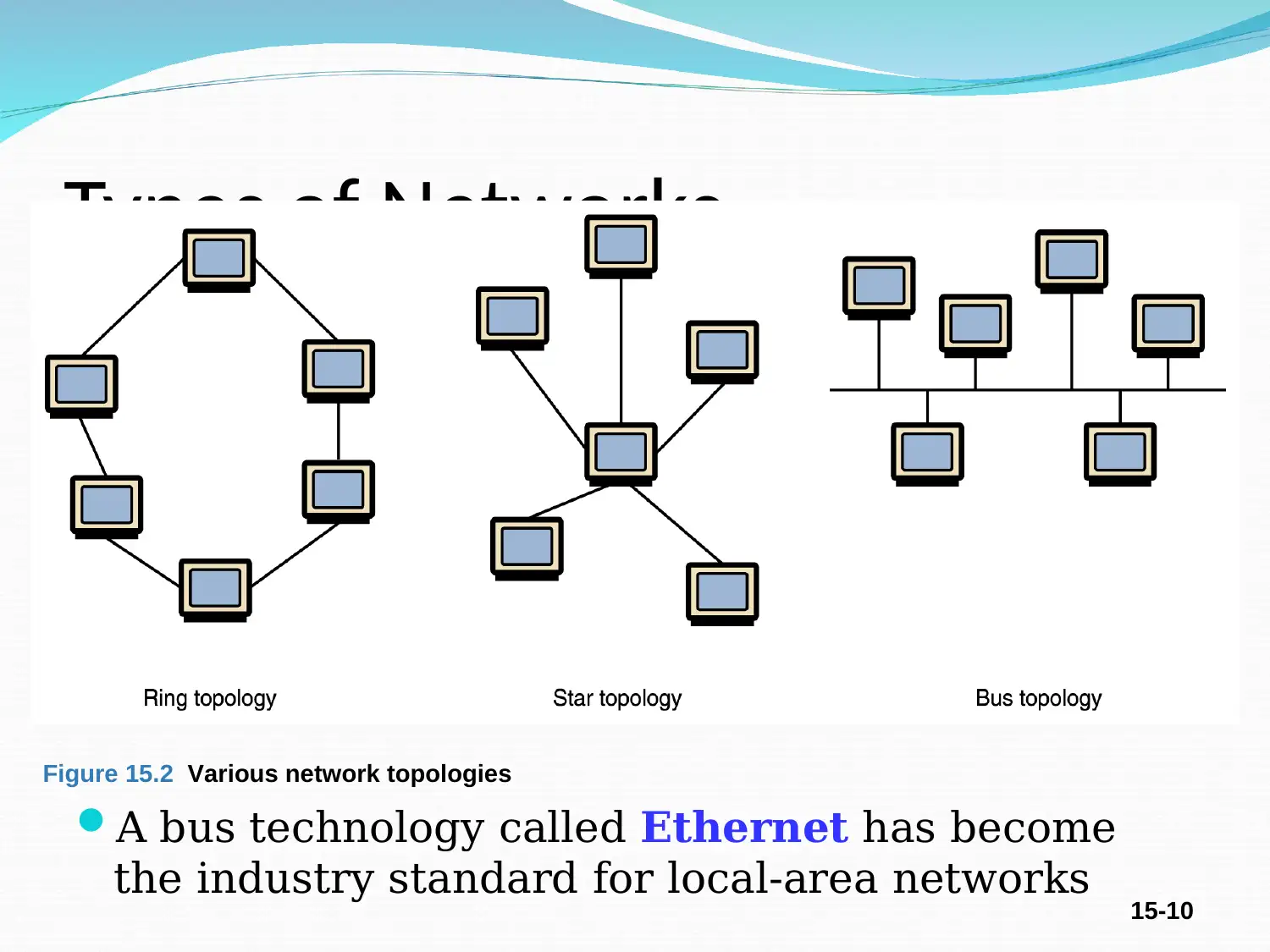
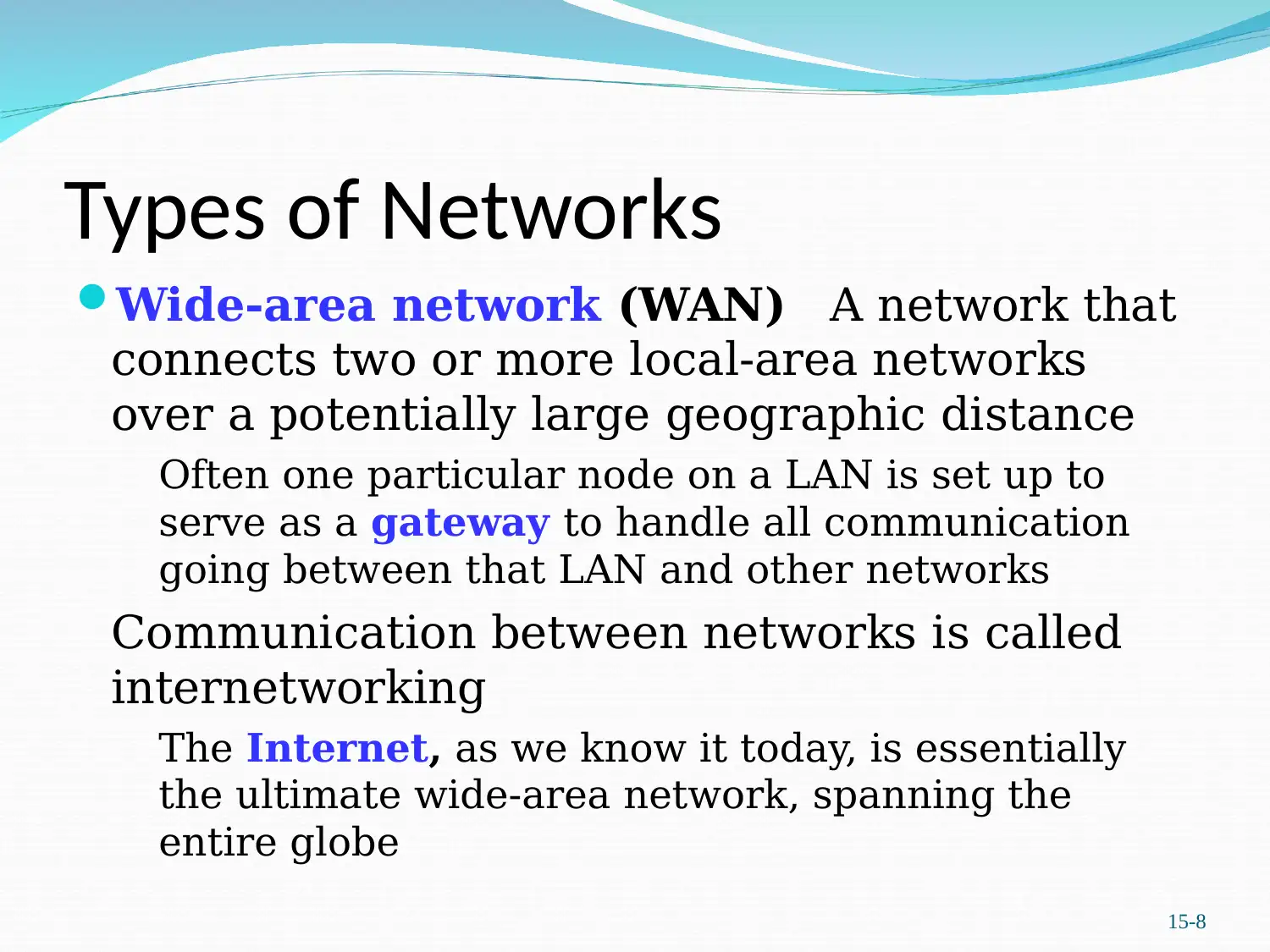
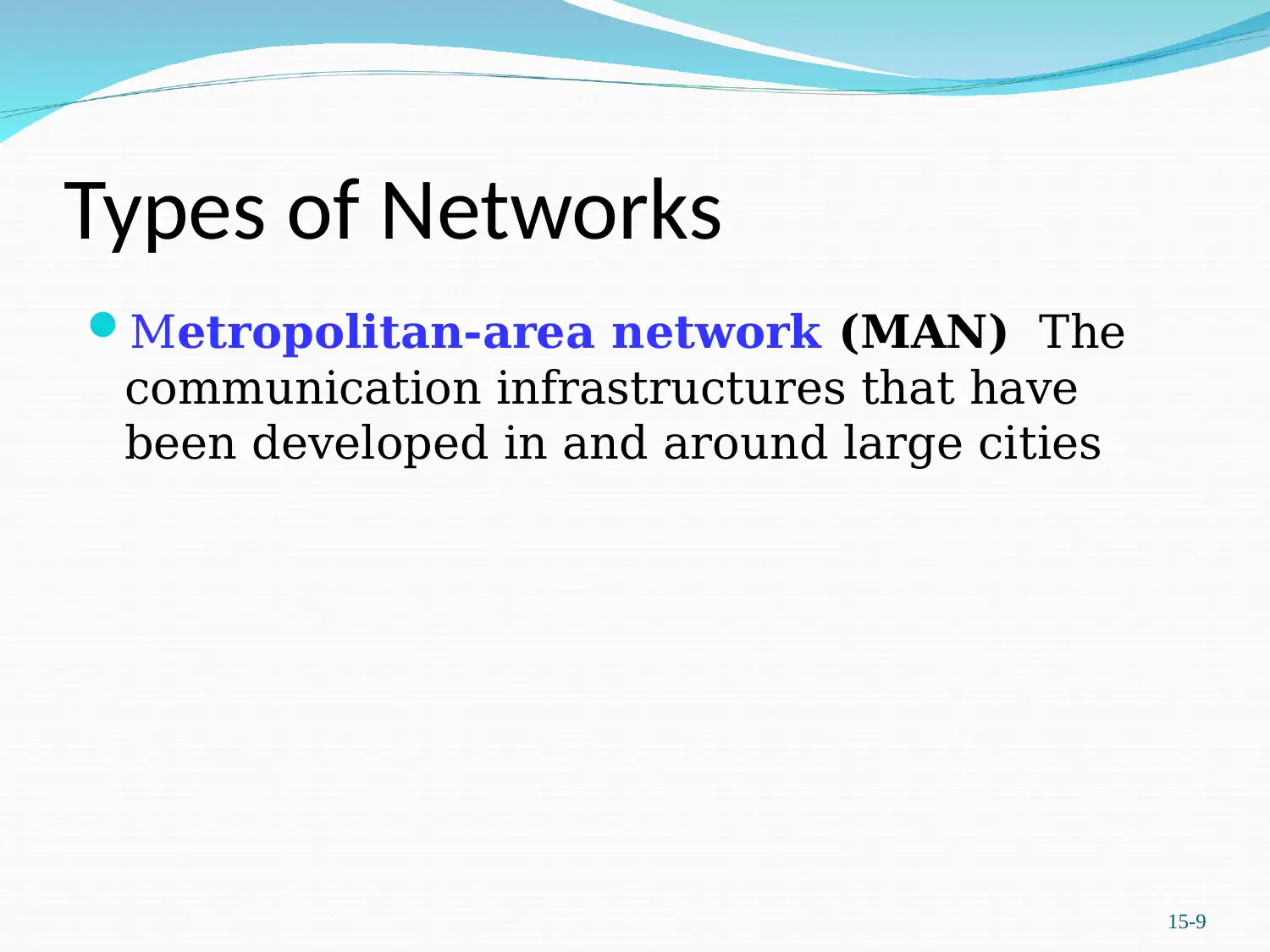
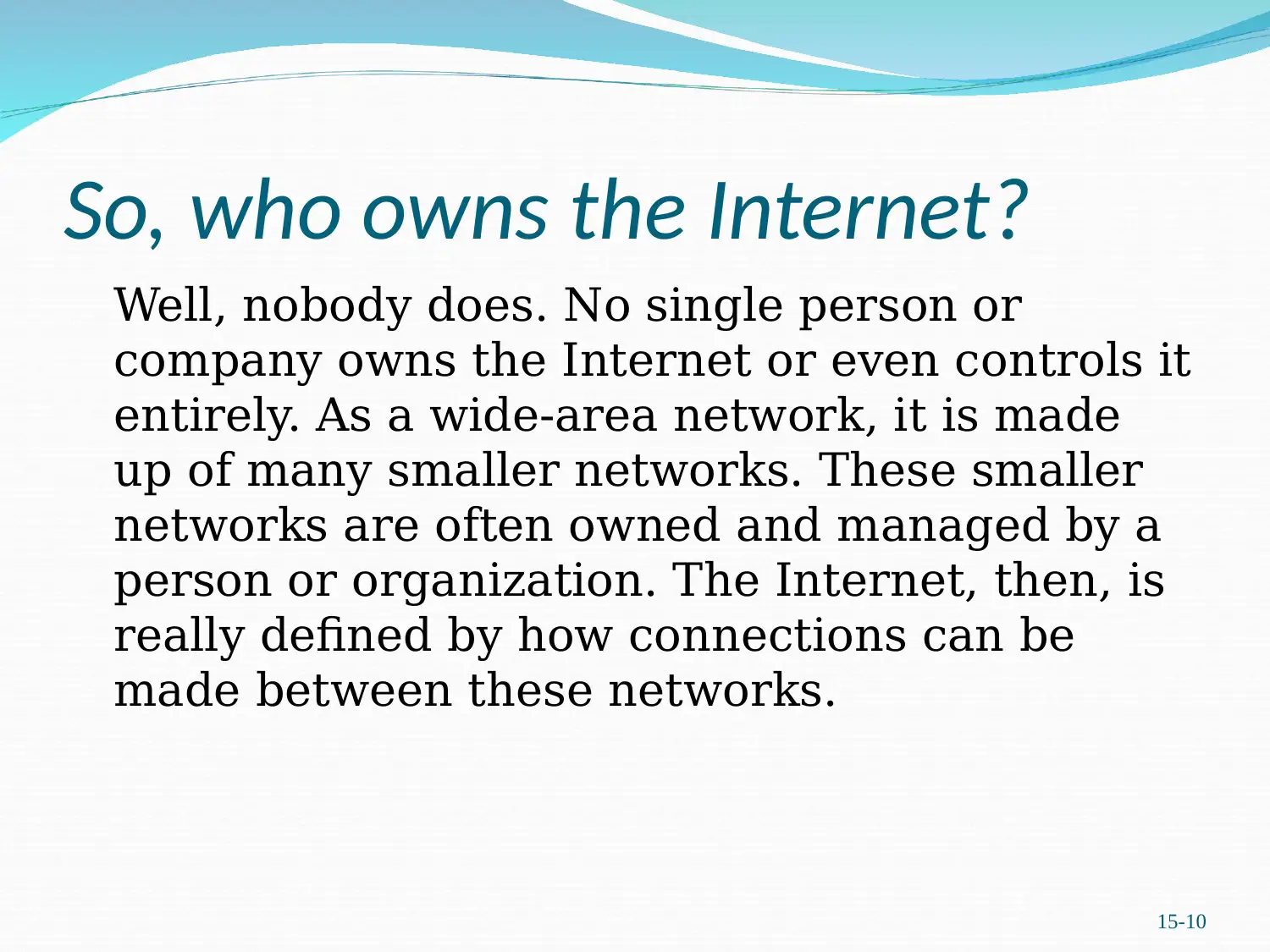
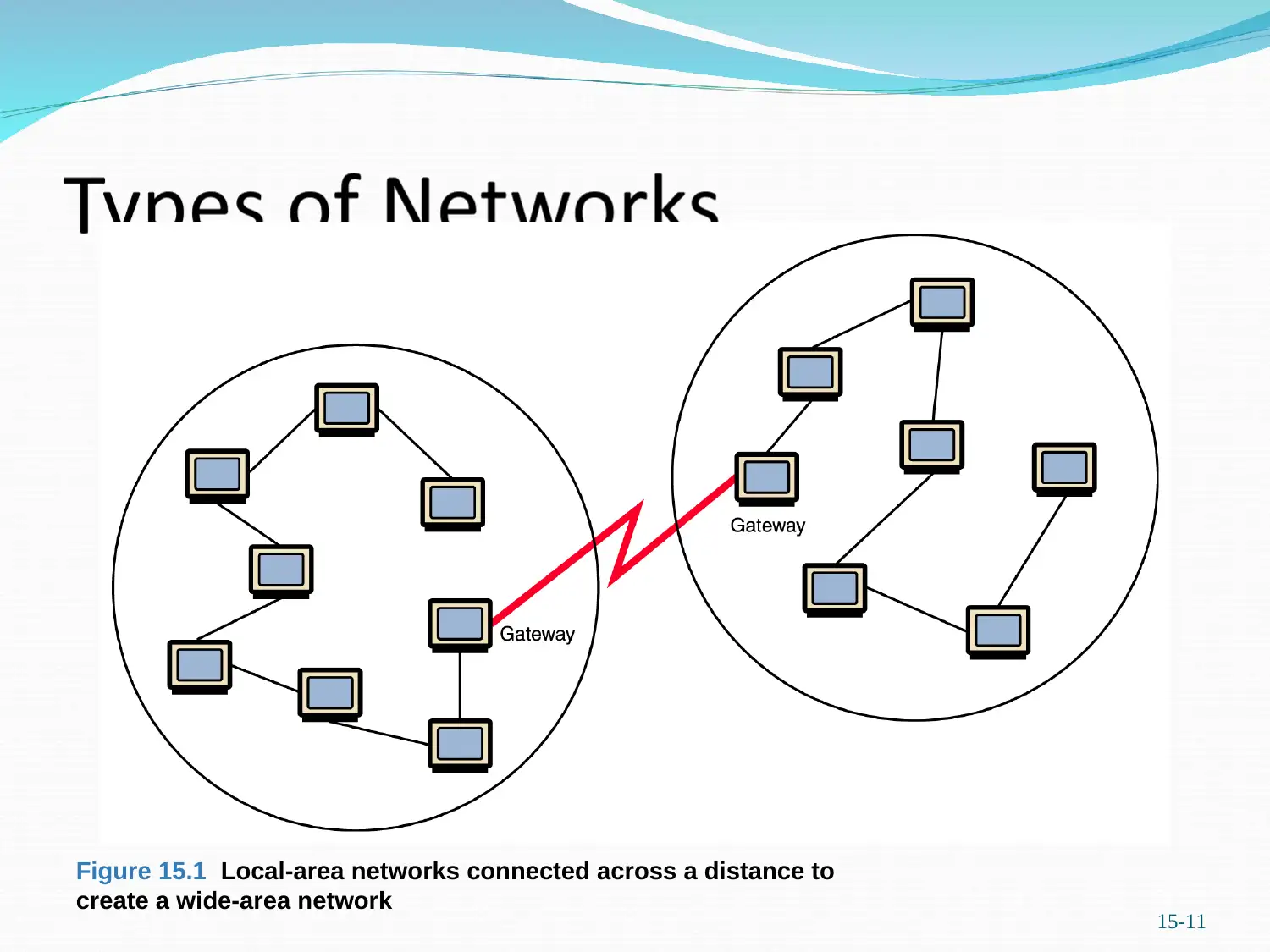
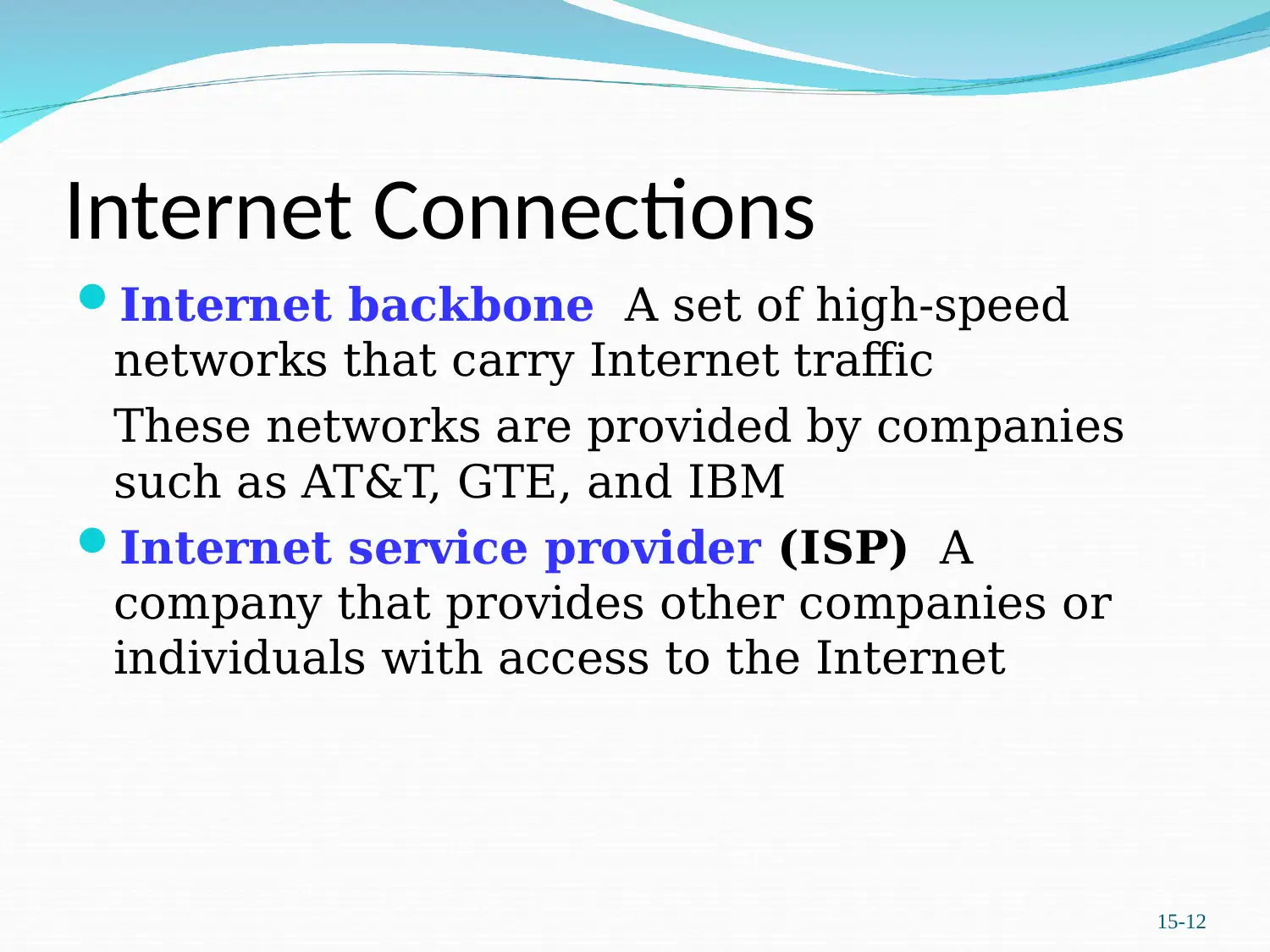






![[object Object]](/_next/static/media/star-bottom.7253800d.svg)